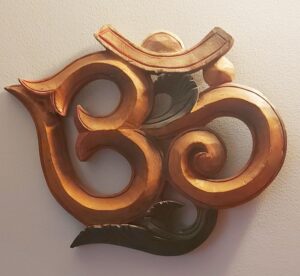If you grew up in North America, you probably experienced the occasional appearance of Brussels sprouts, particularly at Thanksgiving and Christmas feasts, and vowed as child that when you grew up, you’d never eat another one. Most likely, your Brussels sprouts were served boiled, soggy, and plain. Frankly, I feel like this otherwise delicious, nutritious, and crunchy cruciferous deserves better.
Chock full of antioxidants and fibre, this little globe of snug green leaves, when prepared properly, should be a welcome addition to your weekly meal plan. Chopped in halves or quarters, then baked or lightly sauteed with fresh cloves of garlic and a bit of sesame oil and, voila, your relationship to Brussels sprouts will be forever changed.

One of my favourite ways to enjoy them is halved and added into a large pot of tomato and root vegetable soup. Wait to add them until the last 15 minutes of simmering, and you’ll be delighted by the crunchy contrast they provide to your soup. The cruciferous family of vegetables includes a wide range of veggies: kale, bok choy, cauliflower, broccoli, arugula, collard greens, and radishes, for example. These are all known to provide similar benefits that help combat heart disease, cancer, and diabetes.
My last article introduced you to an easy modification of camel pose, performed while sitting in your chair.
To explore this posture and its benefits on a deeper level, come down to the floor and with something comfortable like a folded towel or yoga mat underneath you, stand on your knees. Your hips and shoulders should initially be stacked directly over your knees as you place the palms of your hands on your lower back and upper buttocks for support. Fingers can be facing down or out to the sides depending on the flexibility of your wrists. Lift your pelvic floor muscles upwards (think preventing urination), draw your navel towards your spine for core support and slowly begin bending backwards through your mid and upper back without falling backwards from the knees. The head and gaze can stay slightly forward or look up to the sky.
For a deeper experience, allow the head to gently lean back further, tracing the gaze behind you. A slow three to five breaths will help open the whole front of the body, including the deep hip flexors while strengthening the back muscles and improving overall posture.
Until next time, keep it real.
